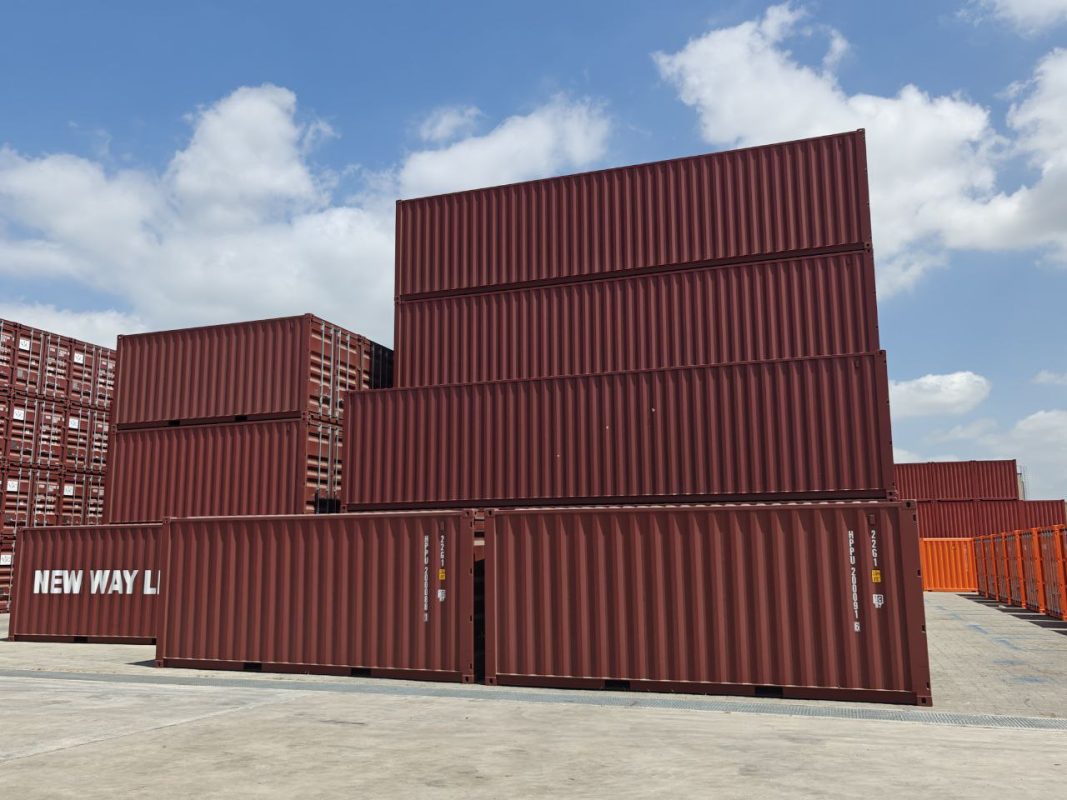Prefab Office Durability: Addressing Longevity Concerns

In today’s fast-paced business environment, prefab offices have gained popularity as a flexible, cost-effective, and time-efficient solution. However, concerns about their durability and longevity often arise, particularly when compared to traditional brick-and-mortar buildings. This article will explore the factors that contribute to the durability of prefab offices, address common misconceptions, and provide insights into how these structures can stand the test of time.
Understanding Prefab Office Durability
Prefab offices, also known as modular or prefabricated offices, are built using factory-manufactured components that are transported to the site and assembled. These structures are designed to meet the same building codes and regulations as traditional constructions, ensuring that they are safe and durable.
The materials used in prefab offices play a significant role in their durability. Typically, these structures are made from high-quality materials such as steel, reinforced concrete, and engineered wood. These materials are chosen for their strength, resistance to environmental factors, and long-term performance. Additionally, because the components are manufactured in a controlled factory environment, there is less risk of defects or damage during construction.
Addressing Longevity Concerns
- Material Quality and Maintenance: One of the primary concerns about prefab offices is the longevity of the materials used. High-quality prefab offices are constructed using durable materials like steel and reinforced concrete, which are known for their strength and resistance to wear and tear. Additionally, these materials require minimal maintenance compared to traditional building materials like wood or brick, which can degrade over time if not properly maintained.
Regular maintenance, such as inspecting and repairing any potential issues, can further extend the life of a prefab office. For example, periodic checks for corrosion in steel components or cracks in concrete can prevent minor problems from becoming major issues. - Resistance to Environmental Factors: Another common concern is how prefab offices hold up against environmental factors such as extreme weather, humidity, and temperature fluctuations. Prefab offices are designed to be highly resistant to these challenges. The use of weather-resistant materials and coatings, along with advanced insulation techniques, ensures that these structures can withstand harsh climates.
For instance, steel frames are treated to resist rust and corrosion, while exterior panels are often coated with weatherproof finishes. Additionally, the modular nature of prefab offices allows for easy upgrades or replacements of damaged components, ensuring that the building remains in good condition over time. - Structural Integrity and Design: Prefab offices are engineered to meet or exceed the same structural standards as traditional buildings. This includes resistance to seismic activity, wind loads, and other forces that could compromise the integrity of the structure. The factory-controlled construction process allows for precise assembly, reducing the likelihood of structural weaknesses that can occur with on-site construction.
Moreover, prefab offices can be customized to meet specific needs, including reinforcing the structure for added durability. For example, additional steel reinforcements can be added to areas that may experience higher stress, such as corners or joints. - Long-Term Investment: Investing in a prefab office is not just about meeting immediate space needs; it’s also about making a long-term investment. When properly maintained, a prefab office can last just as long, if not longer, than a traditional building. The key is to choose a reputable manufacturer that uses high-quality materials and follows stringent construction standards.
Additionally, prefab offices offer the flexibility to be relocated or expanded as business needs change. This adaptability adds to their long-term value, making them a practical choice for businesses looking to grow and evolve over time.
Debunking Myths About Prefab Office Longevity
Despite the many advantages of prefab offices, there are still misconceptions that they are less durable than traditional buildings. These myths often stem from outdated perceptions of prefab structures as being temporary or of inferior quality. However, modern prefab offices are designed with longevity in mind, utilizing advanced materials and construction techniques that rival, and in some cases, exceed those of traditional buildings.
For example, the myth that prefab offices are not suitable for permanent use is simply not true. Many businesses have successfully used prefab offices as permanent workspaces, benefiting from their durability, cost savings, and environmental advantages.
Conclusion
Prefab offices offer a durable, long-lasting solution for businesses seeking flexibility and efficiency in their workspace. By understanding the materials, design, and maintenance factors that contribute to their durability, businesses can confidently invest in prefab offices, knowing that they are making a sound long-term investment. With proper care and regular maintenance, a prefab office can serve as a reliable and resilient workspace for many years to come.

